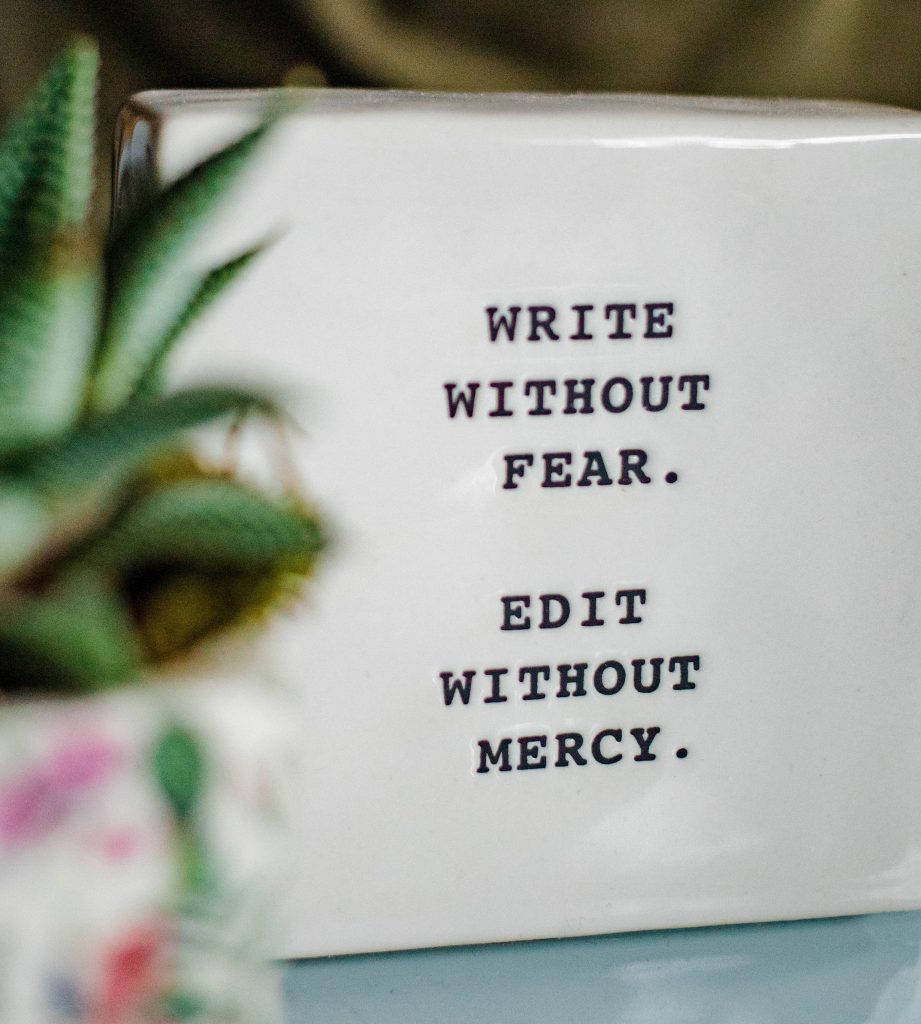If you don’t work in the publishing industry, you may not know the difference between proofreading and copyediting. And that’s okay. There’s probably no need for you to know, is there? When it comes to finalising your work, before pressing the “publish now” or “convert to PDF” button, though, you want to know that there are no errors or potential problems with it. Hiring an editor will help you put your best foot forward with your clients. But who do you hire?
Knowing the difference between proofreading and editing will help you to
- identify the right professional for the job
- get your document in the best shape for publication
- set the right budget
Here’s a quick look at the differences between the two services to help you decide which one you need.
What is proofreading?
Proofreading takes its name from the proofs, or pages, that were printed for checking at the final pre-publication stage. This was back when typesetters would prepare a book for publication. Times have moved on, but the essence of proofreading is the same.
At this stage, your document (often called a manuscript, even if it’s not a book) has gone through a few rounds of review and just needs a final look-over. A proofreader will check that
- the layout is correct, making sure tables, illustrations, and figures are in the right place and accurately labelled
- punctuation, grammar, and spelling are accurate, picking up any errors that may have slipped through
- references, citations, and indexes are all present and correctly formatted
- editorial and style decisions have been applied consistently
- the text is clear, making minor changes to improve clarity if necessary
What is copyediting?
Copyediting is a more in-depth look at your document. Why copy and not text-editing, you ask? It’s all to do with how books used to written. The word copy dates back to medieval times when it referred to any text that was copied or transcribed.
The copyediting process involves a more detailed look at your document, reviewing for clarity and identifying gaps in logic or flow.
While your document has been written, it’s likely to still be in the draft stage. It may have done the rounds within your team who picked up a few errors along the way. But a fresh pair of eyes can be invaluable. A copyeditor will review it from the perspective of your audience and could pick up things you had not considered. They may also identify potential legal issues that are worth checking before you publish.
A copyeditor can help with
- an overall sense check; is all the information there and in the right order, or are there gaps with missing details?
- suggesting changes to improve flow and clarity
- formatting, creating heading styles, bullet lists etc. and applying them consistently
- picking up grammar, spelling, and punctuation errors
- checking that tables, illustrations, and figures are correctly labelled and in the right place
- applying a house style for consistency with writing and presentation; if you don’t have a preferred house style, they can create one for you
- identifying any matters that need to be addressed – copyright, potential legal issues, or factual inaccuracies
Finding the right service
Use this quick checklist to find the right service for your document:
| What my document needs | Copyedit | Proofread |
| Formatting – headings, paragraphs, tables, figures etc. |
|
|
| Improving flow and clarity |
|
|
| Getting tables and figures in the right place and cross-checking them with the text |
|
|
| Adding table and figure numbers |
|
|
| Checking and applying style guide consistently |
|
|
| Creating a table of contents, adding page numbers etc. |
|
|
| Checking whether you need copyright permission |
|
|
| Checking punctuation and grammar |
|
|
| Ensuring consistent and correct use of chosen English (UK, UK or other) |
|
|
| Checking layout |
|
|
| Ensuring consistency of headings and captions |
|
|
| Checking cross-references, notes, and references |
|
|
| Checking references for correct style and alphabetical order |
|
|
| Correcting word line breaks |
|
|
| Ensuring hyphens and dashes are in the right places |
|
|
| Checking that hyperlinks work |
|
I’d be happy to help with any questions you may have related to editing and to help with any copyediting or proofreading needs.
Get in touchChristina Petrides is a proofreader and copyeditor who works with businesses, publishers, academics, and court reporters. She works across most industries and has a particular love for the environmental, business, social sciences, and travel sectors. She is an Advanced Professional Member of the CIEP and Affiliate Member of the Institution of Environmental Sciences (IES). Connect with her on LinkedIn.
Post updated June 2025

Thank you for explaining the difference between copyediting and proofreading.
Thanks, Michelle, glad it was useful!